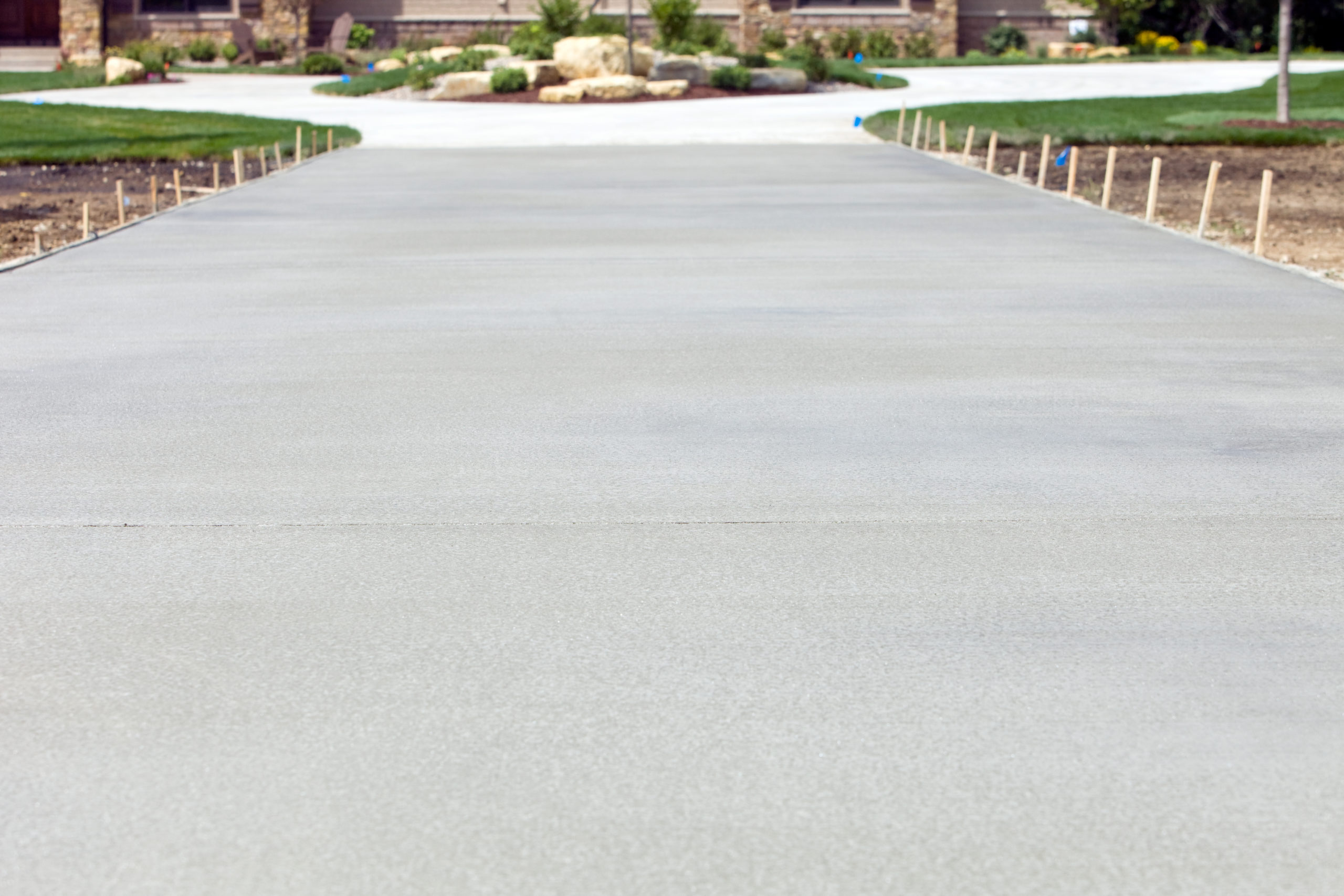Unveiling the Eco-Friendly Advantages of Using Recycled Concrete in Lasting Building And Construction Practices
In the realm of lasting construction techniques, the utilization of recycled concrete stands as a crucial yet typically undervalued resource. Beyond its traditional applications, recycled concrete offers a myriad of environment-friendly advantages that extend far beyond the boundaries of traditional building materials.
Environmental Benefits
By integrating recycled concrete into building and construction practices, there is a significant reduction in the need for new raw products, leading to conservation of natural sources. Additionally, the use of recycled concrete lessens the amount of waste being sent out to garbage dumps, consequently decreasing environmental contamination and relieving the pressure on garbage dump abilities (Concrete).

In contrast, recycled concrete has a reduced carbon footprint as it reduces the need for brand-new concrete production. Generally, the environmental benefits of using recycled concrete are significant and play an essential function in advertising environmentally friendly building and construction methods.
Cost-Efficiency
When examining the usage of recycled concrete in building and construction projects,Accomplishing cost-efficiency is a paramount consideration. Among the essential benefits of using recycled concrete is its cost-effectiveness compared to conventional concrete. The manufacturing of recycled concrete involves much less power and resources as it uses existing materials, decreasing the overall task costs considerably. In addition, the availability of recycled concrete locally can additionally decrease transport expenses, making it an extra economical choice for building and construction projects.
Moreover, making use of recycled concrete can lead to savings in garbage dump expenses by drawing away concrete waste from disposal websites. This not just minimizes the ecological influence yet additionally removes the prices connected with waste elimination. The sturdiness and efficiency of recycled concrete are similar to traditional concrete, making sure that price financial savings do not jeopardize the quality of the construction.
Longevity and Strength
Recycled concrete deals similar, if not superior, durability and stamina residential or commercial properties to typical concrete - Concrete. Through improvements in processing strategies and quality control, recycled concrete can satisfy or go beyond the performance criteria of conventional concrete.

Waste Decrease
When it comes to click here for more utilizing recycled concrete, waste reduction is an essential benefit that contributes dramatically to ecological preservation. By including recycled concrete right into building projects, this waste is repurposed and diverted from garbage dumps, minimizing the general environmental impact of construction activities.
In addition, the use of recycled concrete can lead to set you back savings for building and construction jobs, as it is often more budget friendly than sourcing and carrying new products - Concrete. In conclusion, waste reduction via the utilization of recycled concrete is a crucial component of lasting building techniques that profits both the construction and the atmosphere market as a whole.
Power Conservation
Energy preservation is a vital facet of sustainable construction practices, intending to reduce the overall energy usage related to building operations and products production. When it concerns making use of recycled concrete in building, considerable power financial savings are attained compared to traditional concrete production. The process of creating recycled concrete includes reusing and crushing existing concrete materials, which consumes less power than mining, handling, and transporting raw materials for new concrete manufacturing. Additionally, making use of recycled concrete can help lower the need for virgin accumulation, further minimizing the energy-intensive extraction and processing of natural deposits.
Conclusion
In verdict, the use of recycled concrete in lasting building methods offers countless environmental advantages, cost-efficiency, longevity, toughness, waste decrease, and energy preservation. By incorporating recycled concrete right into building jobs, we can add to a much more web link lasting and environmentally friendly future. It is important for the building sector to focus on using recycled materials to assist reduce the environmental impact of building and construction activities.
One of the vital advantages of making use of recycled concrete is its cost-effectiveness compared to conventional concrete.In addition, the use of recycled concrete can lead to financial savings in landfill expenses by diverting concrete waste from disposal websites. The resilience and efficiency of recycled concrete are comparable to traditional concrete, making certain that expense savings do not jeopardize the top quality of the construction.
